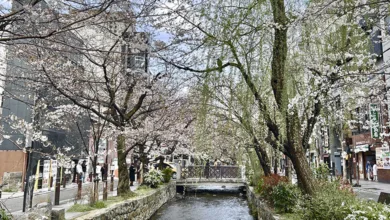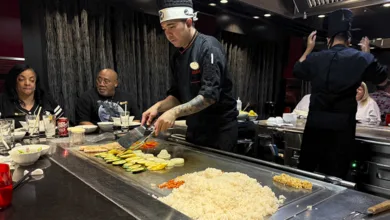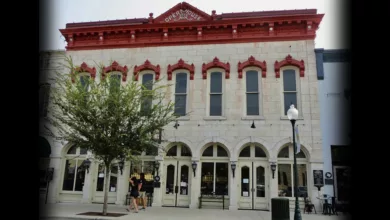3 Hidden Culinary Gems in Tuscany
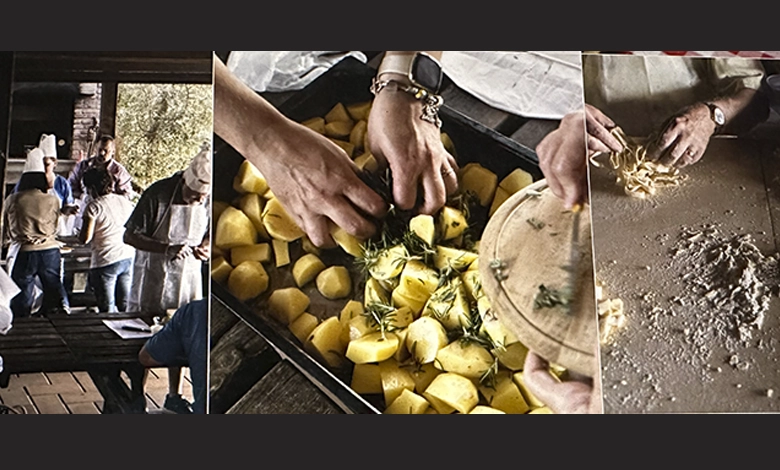
Many travelers keep returning to Tuscany, captivated by Florence’s art, Siena’s architecture, or San Gimignano’s charm. But what if you’ve already explored the museums, tasted the Chianti, and walked the hill towns? Is there still more to experience?
Absolutely.
On a recent tour with Collette, a well-established travel company that specializes in guided group trips, I discovered exactly that. My fellow travelers and I visited three culinary spots that even experienced Tuscany enthusiasts might not have heard of—places you might hear about in casual conversations or see listed as a “best-kept secret” that locals hope you never discover.
As a culinary travel expert, travel advisor, writer, and visual creator, I’m always searching for food experiences that surprise and excite. After discovering these hidden gems, my perspective changed. These weren’t just meals or tastings; they were immersive, flavorful glimpses of Tuscan life.
If you’ve ever been in the “been there, done that” group, these three stops might just reignite your love for the region.
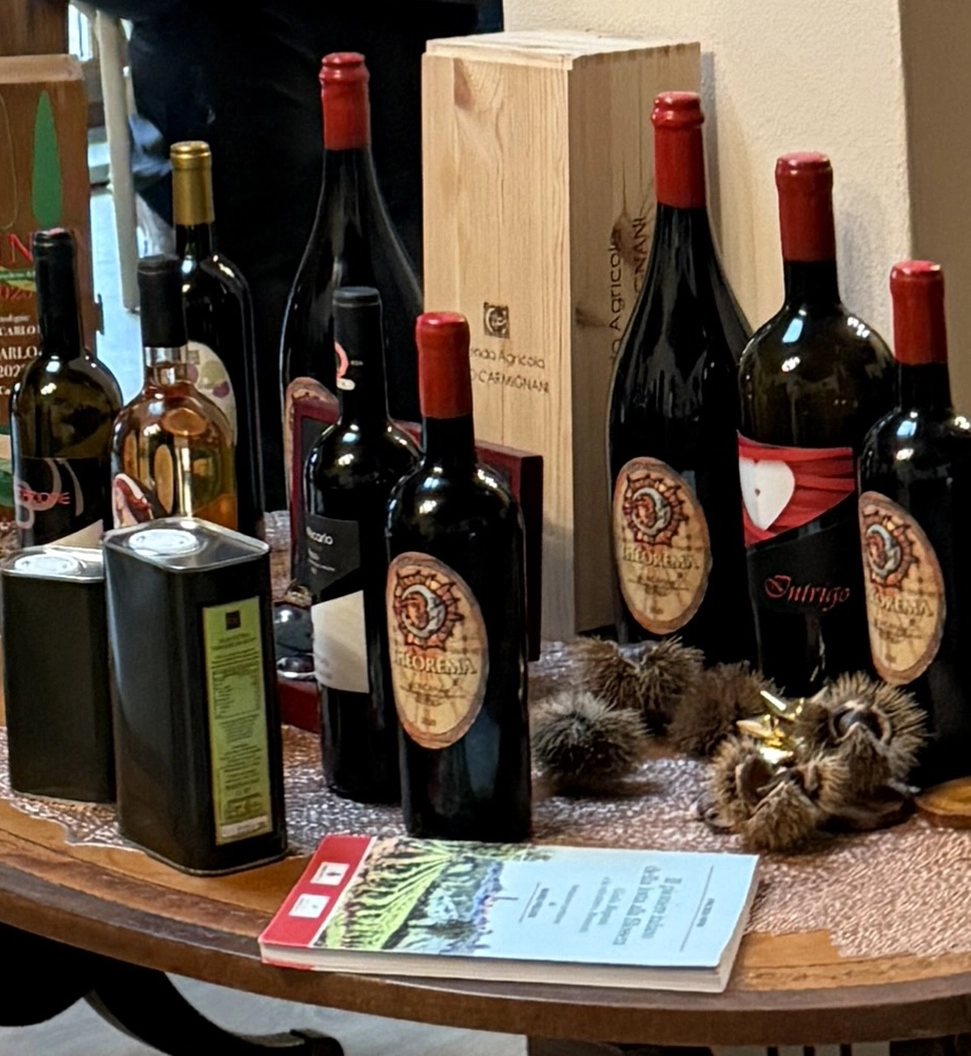
Where to find family-run wineries in Tuscany beyond chianti
Visitors to Tuscany often think of going wine tasting—it is, after all, the only designated area in the world that produces Chianti. Every winery here makes the famous red varietal, though some leave a more lasting impression than others. Azienda Agricola Carmignani, located near Lucca, is one of those.
After visiting Lucca and the nearby Gothic Line bunkers, our group headed to a small, family-owned organic winery. The property is classic Tuscany: rolling hills covered in vines, olive trees lining the fields, and a long, pebbled driveway that leads you in. As we walked toward the tasting room, a black cat trailed behind us, eventually deciding we were worth a warm brush against the ankles.
Elena Carmignani, the current sommelier, had to prove her worth to her father to take over the business, and she’s clearly done so with great success. We passed lemon shrubs on our way into the russet-colored two-story building, where our guide told us those same lemons were used to produce the house-made limoncello.
Inside their tasting room, we sat at long wooden tables to sample the vineyard’s best: Rosso DOC Montecarlo, Theorema, Kapogiro rosé, and Tentazione white. Each full-bodied wine paired perfectly with spicy soppressata, olives, and fresh bread. The notes were earthy, fruity, and unmistakably Tuscan. The limoncello was a perfect finish—bright and sharp, with a hint of sunshine.
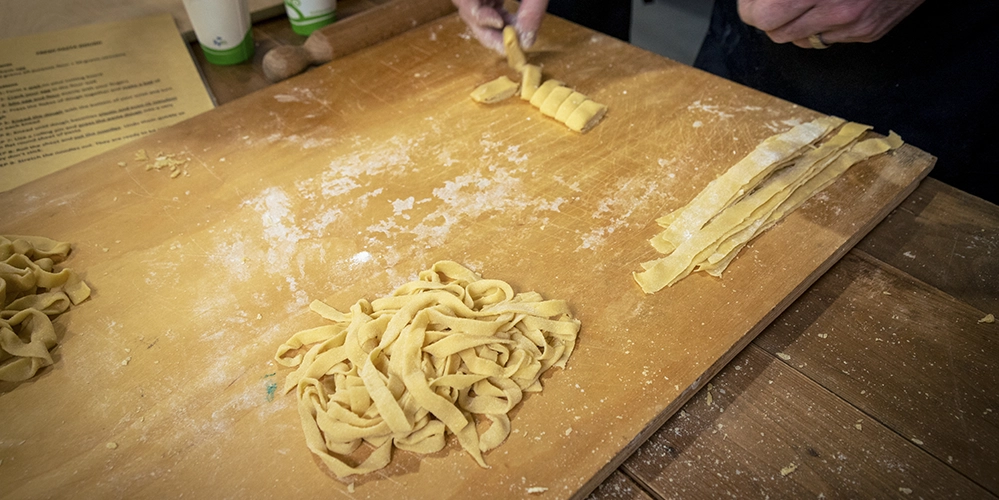
What makes cooking classes at Agriturismo in Tuscany worth taking
Any traveler to Italy may dream of staying at a country farm or fattoria, where they can relax in rustic luxury, savor homemade meals, enjoy local wines, and even participate in hands-on experiences. Agriturismo Le Baccane, set between Montecatini Terme and Pistoia among green hills and lush trees, is just such a place. The property is home to three guest apartments of varying sizes, a swimming pool, and a two-story brick kitchen near the main residence of the owner, Angela, and her family. It took some effort to reach this quiet haven, but it was more than worth it.
This was where our group took part in a memorable cooking class to prepare a multi-course dinner. Each table was given a task: mine involved peeling and chopping potatoes, then mixing them with the estate’s olive oil and herbs from the garden. Other groups made pasta from scratch, prepared tiramisu, roasted pork, and created bruschetta in three different ways.
Cats wandered the property, including into the dining space, likely hoping to sample our creations. After we sat down to enjoy the meal we had made together, a friendly tiramisu competition was held, judged by our bus driver. While our table didn’t take home the win, the experience was full of laughter, learning, and shared connection.
Le Baccane offers a variety of culinary and cultural experiences—baking bread and pizza, helping with farm chores, feeding animals, and attending interactive workshops that give guests an authentic taste of rural Italian life. English language classes are also available for locals who want to improve their skills. Like the cooking class, it’s all about participation, hospitality, and joy.
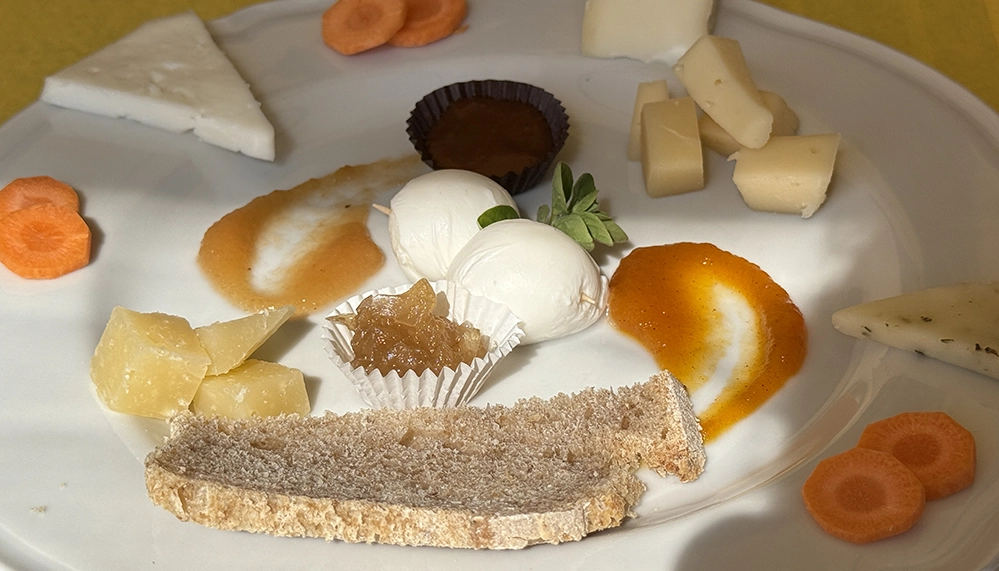
Where to experience authentic organic farm tastings near San Gimignano
A few miles outside San Gimignano, we arrived at another fattoria, and the view was pure Tuscany: green hills, scattered farms, long rows of cypress trees, and sunlight bouncing off olive leaves. We reached Poggio di Camporbiano, an organic farm founded over 30 years ago by friends who had no prior experience in agriculture but a shared dream.
Today, their community includes permanent residents, seasonal workers, and college students conducting research to improve agricultural practices. Like Le Baccane, the property offers overnight stays and hands-on experiences in sustainable living.
We started with a cheese tasting, featuring cow’s milk and goat’s milk varieties, served with their own wheat bread, pumpkin jam, dolce di latte (caramel), and red onion compote. Some cheeses were creamy and smooth, while others were sharp and tangy. In a few bites, I could even taste the grassy notes of the fields where the animals grazed. Each flavor complemented the next, creating a rare blend of salty, sweet, sour, and umami.

Meet the locals: Farm life in Tuscany
Our guide, Kristy, an Albanian native and member of the staff, walked us through the barns after the tasting. The cows and goats greeted us at the fences, and the goats—true to form—seemed ready to leap into our arms. Nearby, we spotted free-range chickens and rows of olive trees shimmering in the breeze.
The farm visit revealed a community built on sustainable living and shared values.
Frequently asked questions about Tuscany Culinary Experiences
Q: How do I book a cooking class at Agriturismo Le Baccane in Tuscany?
A: Contact the farm directly through their website or book through tour companies like Collette that include these experiences in guided itineraries. Agriturismo Le Baccane offers several cooking class options.
Q: What’s the best time to visit Tuscan wineries?
A: Spring through fall offers ideal weather, with harvest season (September-October) providing the most authentic vineyard experience.
Q: How far are these hidden culinary spots from major Tuscan cities?
A: These locations are 30-60 minutes from Florence or Lucca, making them perfect for day trips while staying in popular tourist areas.
Q: Do I need to speak Italian for these culinary experiences?
A: Most family-run establishments accommodate English-speaking visitors, though basic Italian phrases enhance the cultural connection.
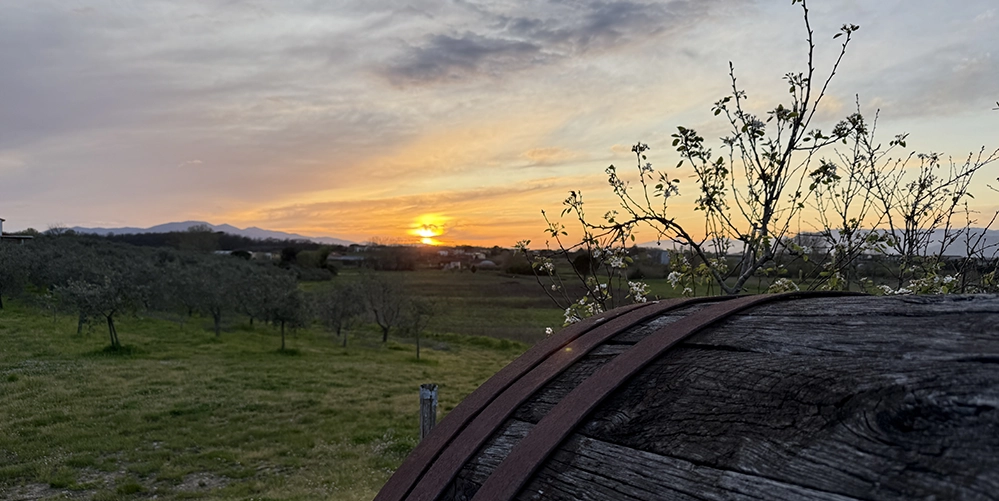
Tuscany off the beaten path: Flavor, friendship, and a way of life
This wasn’t just a tour—it was an invitation into a way of life, one shaped by shared purpose and pride in every harvest.
Tuscany still holds surprises—especially for those willing to step off the beaten path. Whether you’re sampling small-batch wines, crafting a traditional dinner, making friends with goats between bites of cheese, or enjoying a beautiful Tuscan sunset, these experiences offer something deeper than sightseeing: they nourish both body and soul.





